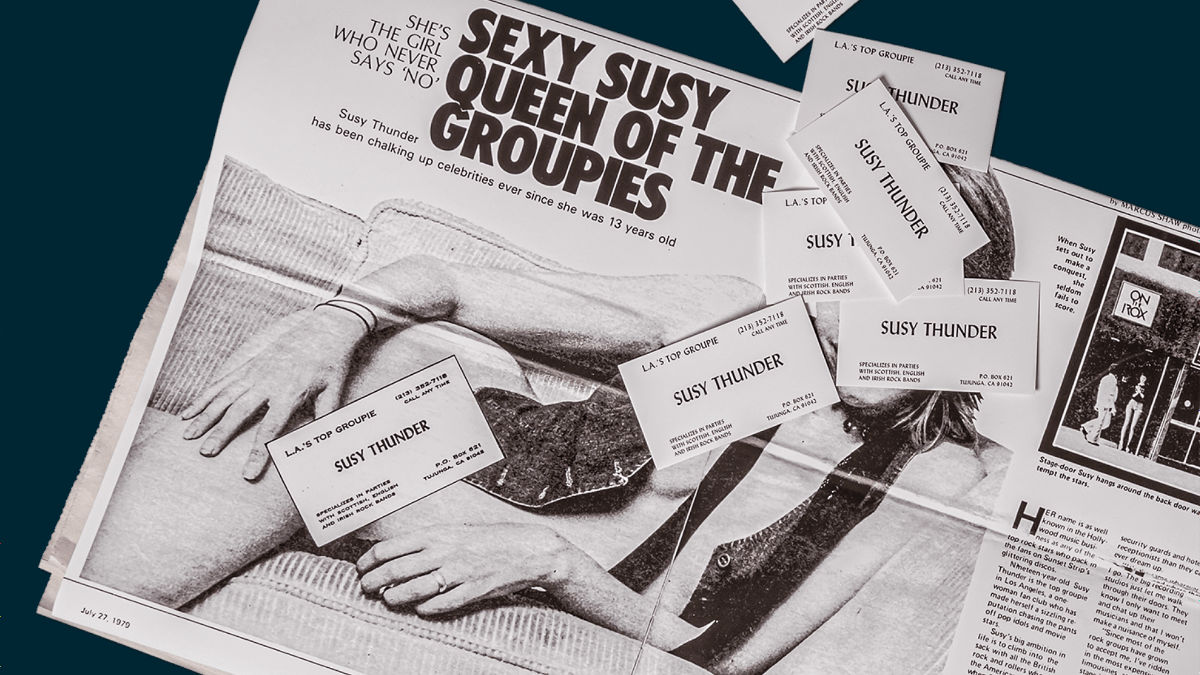While I was researching for a lesson, I bumped into this classic work of game art by Brody Condon. I remember seeing it at the time, but then forgot about it. Suicide Solution (2004) is a compilation of suicide scenes from various first and third-person video games.
Fred Turner Keynote: From Counterculture to Cyberculture
The Whole Earth – California as Dialectic Image. From Counterculture to Cyberculture. Keynote by Fred Turner (21.6.2013) – www.hkw.de
The computer is like a playground of the absurd
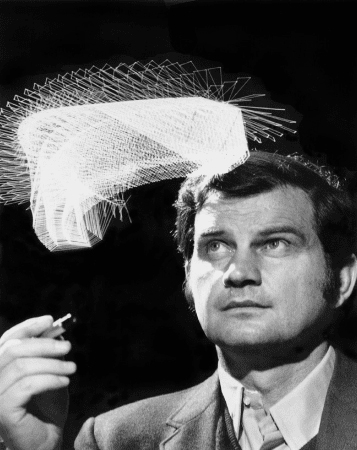
“The computer became more like a playground of the absurd. I wanted to play and have a sense of fun. This offered me the possibility of accident to discover the art. It’s still my best prospect of creating something that has the feeling and aura of humanity.”
Charles Csuri, pioneer of computer art and computer graphics, has passed away at age 99.
Dancing in front of the bathroom mirror
Remember the guy skating and drinking juice on TikTok in 2020? Please meet the new TikTok “vibe setter”: Jamie Big Sorrel Horse, aka jamie32bsh. The remixes are pouring and they are pure internet magic.
Sid Meier doesn’t like in-game monetization
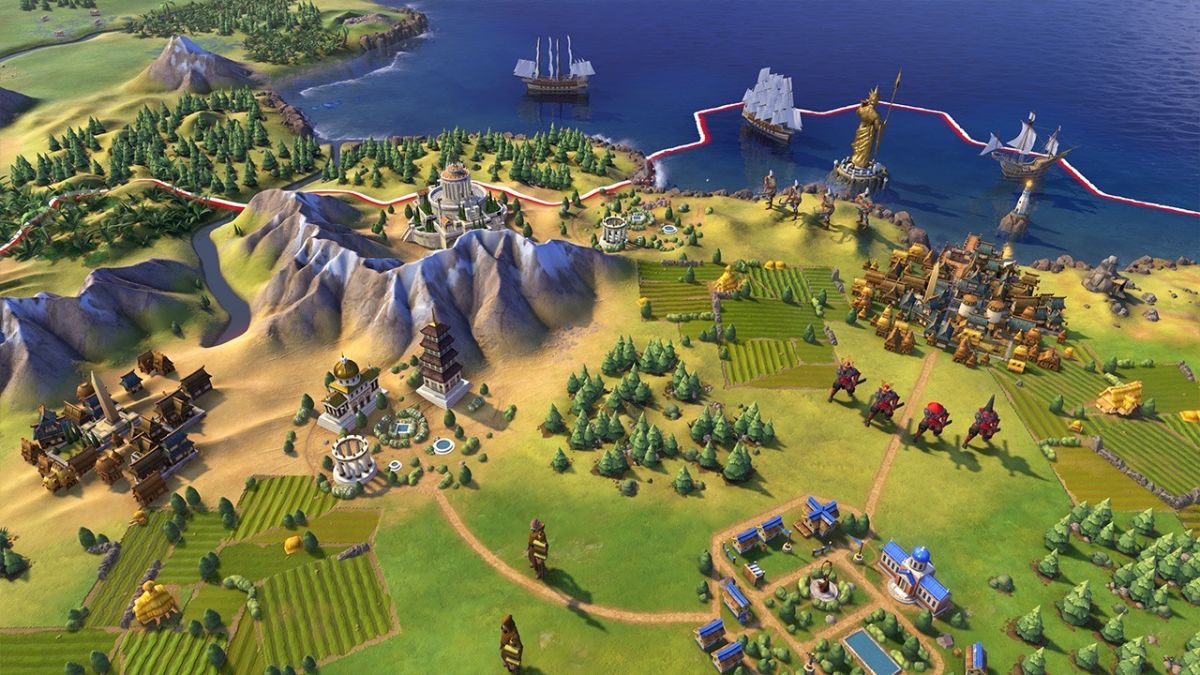
Speaking to the BBC on the 30th anniversary of its release, the brains behind Civilisation is warning the games industry to remember why people play in the first place.
“The real challenge and the real opportunity is keeping our focus on gameplay,” says American developer Sid Meier. “That is what is unique, special and appealing about games as a form of entertainment. When we forget that, and decide it’s monetisation or other things that are not gameplay-focused, when we start to forget about making great games and start thinking about games as a vehicle or an opportunity for something else, that’s when we stray a little bit further from the path.”
[via]
The Weird and Wonderful World of AI Art
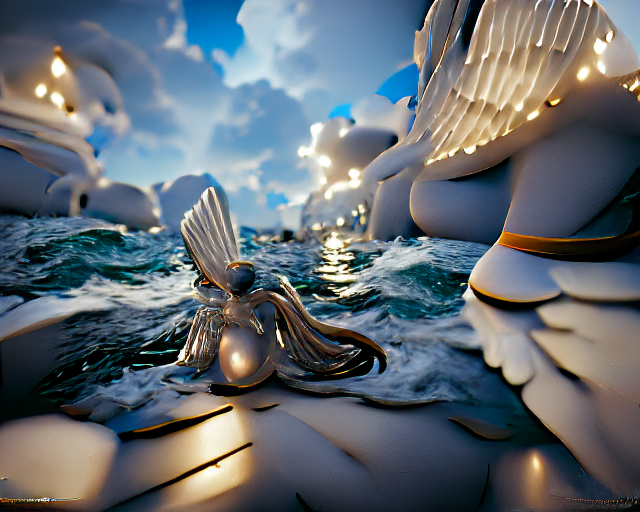
This article contains an interesting timeline of recent AI art applications, from 2015 to 2022:
“The AI art we had before 2021 was intriguing, but tended to be abstract, esoteric, and just not that relatable to a human. The AI art we have now is fully controllable, and can be about whatever you want it to be. What changed? Well, there’s something to be said for the new wave of publicity and interest, which certainly accelerated the pace of our art-generation techniques. But the main development is the rise of multimodal learning.”
Another good read on the same topic is Clip Art and the New Aesthetics of AI by Luba Elliott, which also mentions this amazing work by Memo Atken.
The Dictionary of Obscure Sorrows
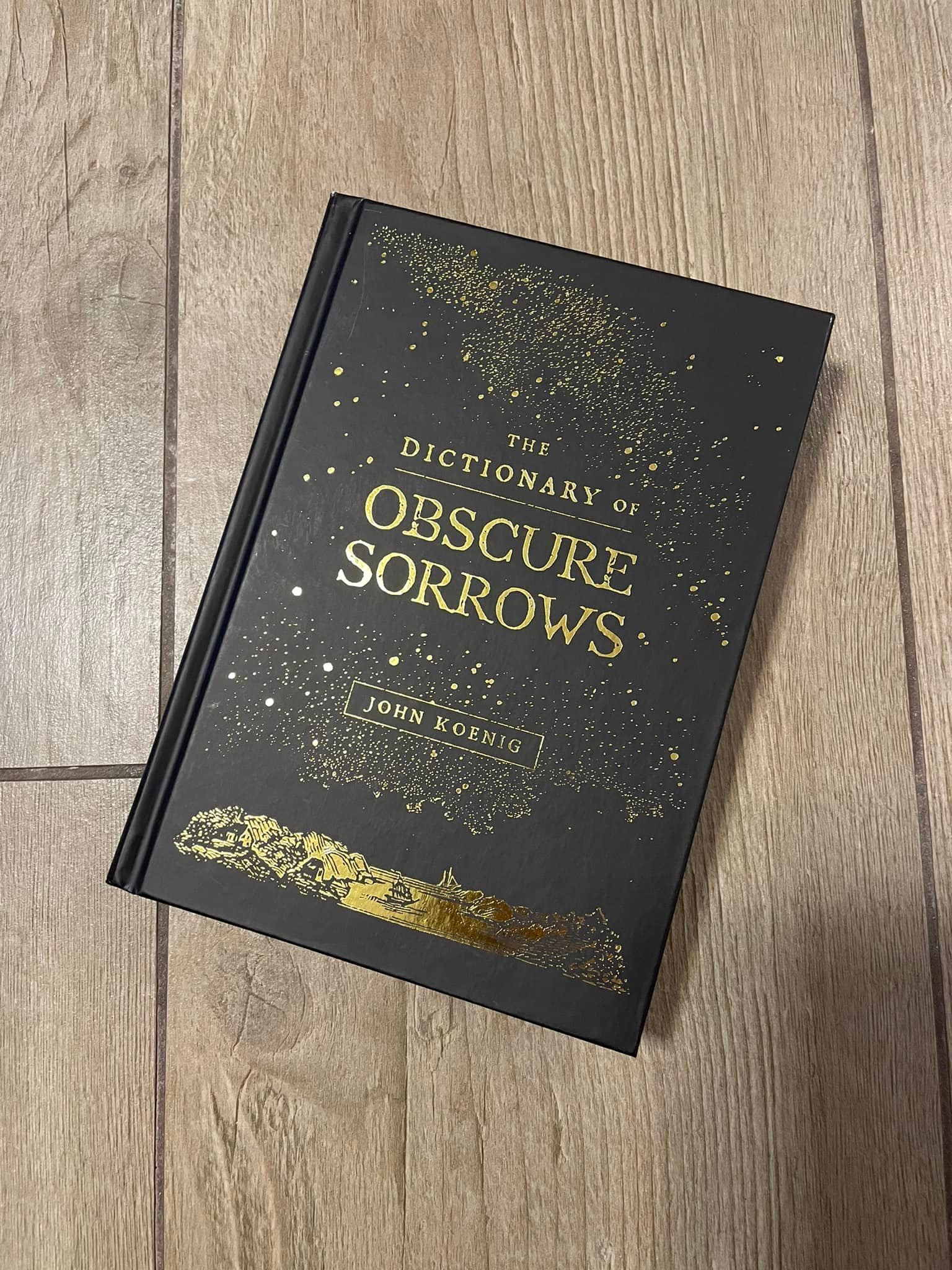
The Dictionary of Obscure Sorrows, by John Koenig, “creates beautiful new words that we need but do not yet have”.
US Copyright Office refuses to register AI-generated work

“Can a work entirely created by a machine be protected by copyright?”
“Entirely” seems quite a big word to me.
[via]
AI-Generated Andy Warhol
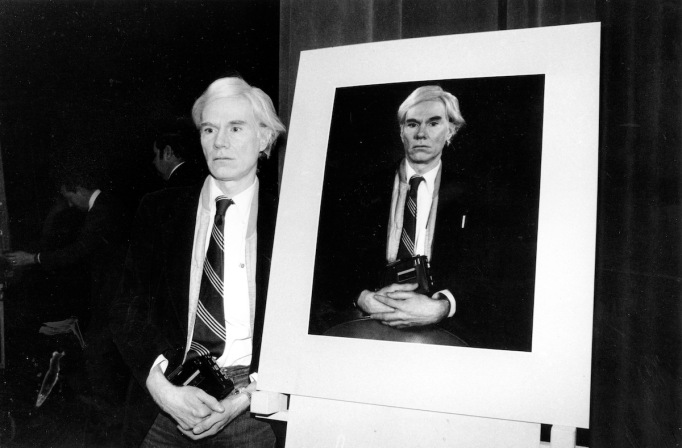
“Continuing a trend that has been controversial among filmmakers, a new Andy Warhol documentary series, coming to Netflix next month, will resurrect the Pop artist using artificial intelligence. In the show, Warhol can be heard reading from his diaries. That voice, however, is not the artist’s own but rather the product of AI made to sound like him.”
[via]
The age of shitpost diplomacy
“We came of age on Twitter, Tumblr, and 4chan, and still see the world through their frames. We find it harder and harder to distinguish the actual from the image; we struggle to disentangle perception management from problem management. This is what it looks like when the terminally online ascend to positions of real responsibility. Welcome to the age of shitpost diplomacy.”
A Rain of Missiles

On February 24th, a report on the Italian television channel Rai2 showed “a rain of missiles” coming down on Ukraine. The video was actually a clip from the video game ‘War Thunder’.
[via]
Memes that are dreams

“Thomas the Plank Engine” is the subreddit where memes are dreams.
Web3 Is A Mid-Life Crisis
“In many ways, Kickstarter’s weird crypto project — and the blockchain aspirations other aging web 2.0 companies are pushing on us right now — are kind of like watching a middle-aged man buy a boat. He doesn’t need to buy a boat. His life will be significantly more complicated, and likely worse, after he buys the boat. But he has somehow convinced himself that he needs to buy this boat because he has done the math and released he is going to die soon and he thinks the boat will fix this. Even though there are plenty of other easy and normal things he could do to feel better about this, he’s going to buy the boat. And we’re all going to have to watch and feel awkward about it.”
[via]
AI may already be gaining consciousness

“OpenAI’s top researcher has made a startling claim this week: that artificial intelligence may already be gaining consciousness.”
Alexa: define consciousness.
TikTok surrealism
I found THIS TikTok account.
Domestic Tension
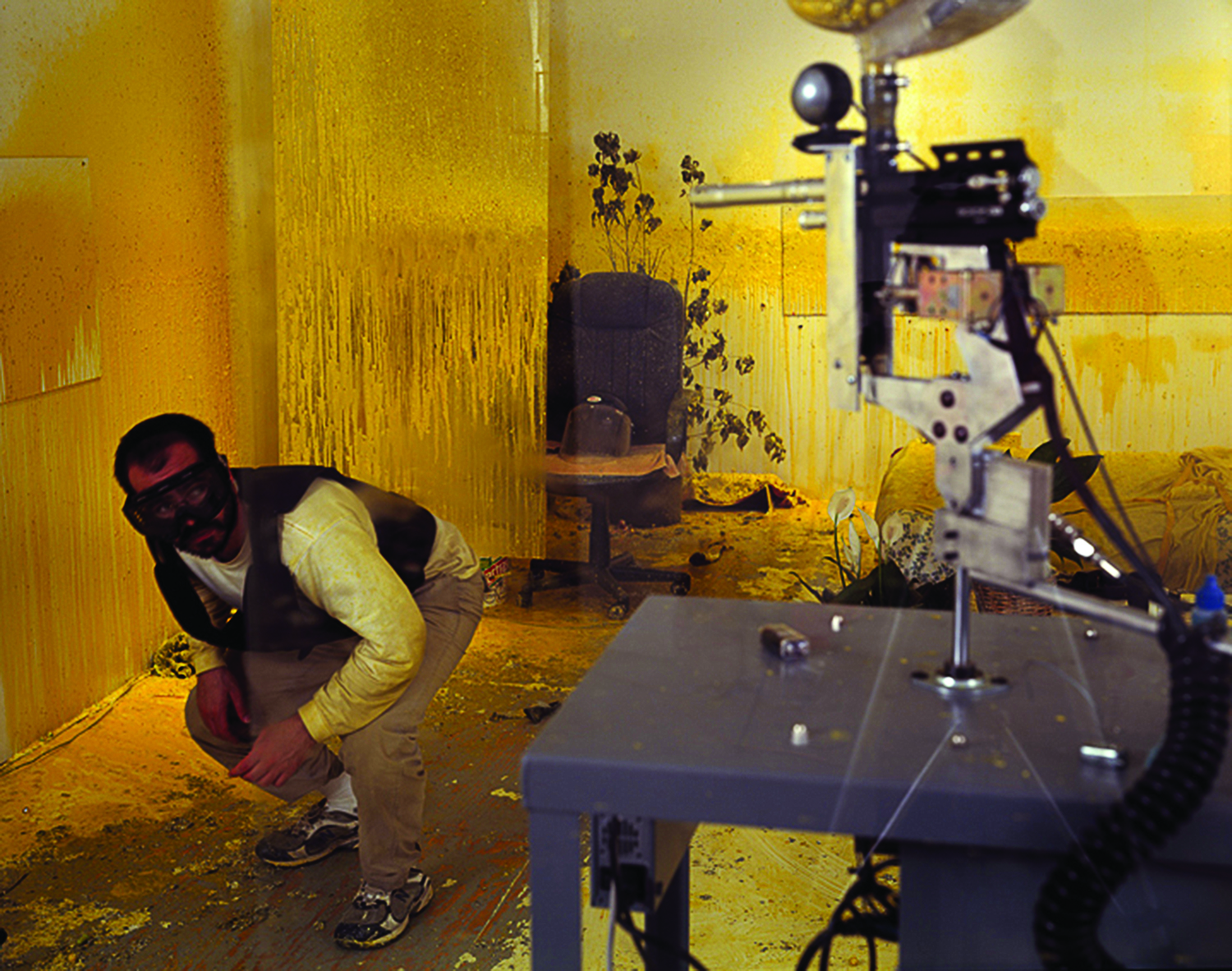
For Domestic Tension (2007), a networked durational performance, Iraqi artist Wafaa Bilal confined himself to a gallery space. He broadcasted over the internet 24/7, inviting viewers to watch and chat with him at all hours. The audience was also given the option of shooting Bilal with a robotically controlled paintball gun.
The Backrooms (Found Footage)
The Backrooms is my favorite creepypasta. Legend has it that if you’re not careful and accidentally “noclip out of reality,” you can end up in the Backrooms, an endless series of yellow rooms with musty carpeting, neon lights and a constant buzz in the background. A few weeks ago, Kane Parsons – a.k.a. Kane Pixels – a 16-year-old filmmaker, produced a short film inspired by this mythical place. Instant classic.
We Met in Virtual Reality
“We Met in Virtual Reality is an enchanting portrait of social Virtual Reality (VR) app VRChat, composed of intimate and hilarious moments inside global VR communities. The film presents an emotive impression on this new virtual landscape through a poetic collage of stories, exploring how VR is affecting the way we socialise, love and express ourselves; told authentically by the users of VRChat through a warm heartfelt lens.”
Can’t wait to see this.
Meet Susy Thunder
I don’t think ASMR can get any better than this
Normally, there’s nothing I skip faster than ASMR videos.
BUT THEN THIS COMES ALONG.
Don’t touch me, please
Useless box that doesn’t let people flick its switch.
Veggietales predicts modern internet humour
This is way TOO accurate.
The Five Levels of Hype

Marshall McLuhan in Conversation with Norman Mailer
This is the best McLuhan conversation I found so far:
Marshall McLuhan in Conversation with Norman Mailer, 1968
[Mailer]Look Marshall, we’re both agreed that man is accelerating at an extraordinary rate into a super-technological world, if you will. And that the modes and methods by which men instruct themselves and are instructed are shifting in extraordinary –
[McLuhan]We’ve gone into orbit.
[Mailer]Well, at the same time I would say there’s something profoundly autoerotic about this process, and it’s sinister for that reason.
[McLuhan]It’s psychedelic. When you step up the environment to those speeds, you create the psychedelic thrill. The whole world becomes kaleidoscopic, and you go inward, by the way. It’s an inner trip, not an outer trip.
